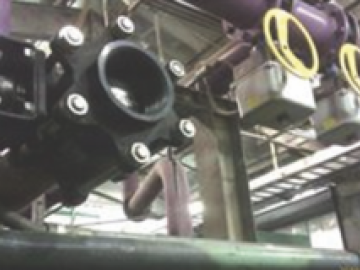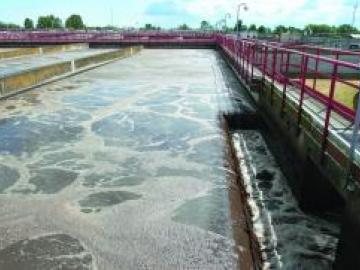Concentrating on Attainable Efficiency Gains
Many times, the hierarchy of making improvements in your compressed air system will begin with the larger equipment. If your compressor is outdated, inefficient or sized improperly for your plant, the cost of replacing it may scare you away from proceeding down the efficiency path. It is also typical to first concentrate on updating the controls of a compressor to best match peak demands and lulls in the need for air and, while this is a very good step to take in your overall plan of attack, it can also burden your budget.








